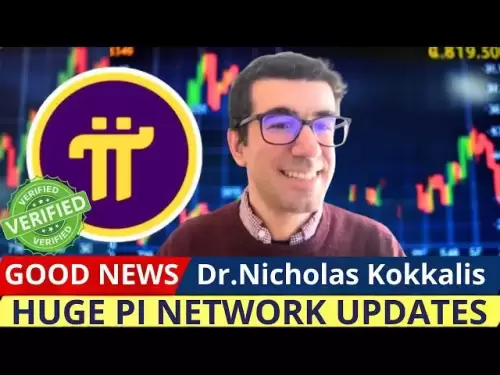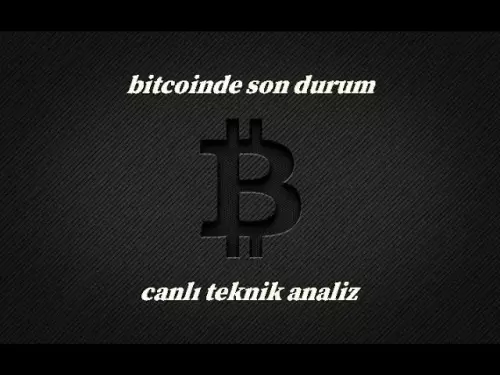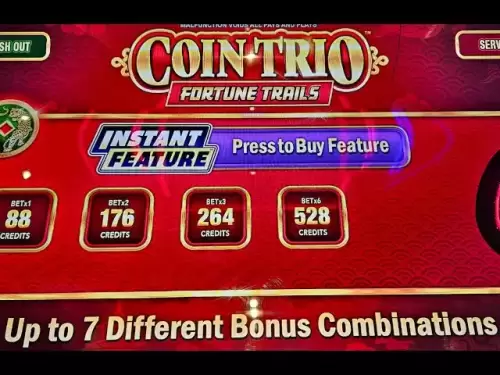-
 Bitcoin
Bitcoin $117,272.7457
1.45% -
 Ethereum
Ethereum $2,938.4907
0.32% -
 XRP
XRP $2.7050
7.14% -
 Tether USDt
Tether USDt $1.0003
0.03% -
 BNB
BNB $688.4019
0.08% -
 Solana
Solana $162.0506
-0.53% -
 USDC
USDC $0.9999
0.01% -
 Dogecoin
Dogecoin $0.1981
2.75% -
 TRON
TRON $0.3014
2.68% -
 Cardano
Cardano $0.7006
4.22% -
 Hyperliquid
Hyperliquid $45.7987
5.26% -
 Sui
Sui $3.3641
-1.74% -
 Stellar
Stellar $0.3530
17.81% -
 Bitcoin Cash
Bitcoin Cash $526.1849
1.91% -
 Chainlink
Chainlink $15.0782
-0.24% -
 Avalanche
Avalanche $20.4108
-1.04% -
 UNUS SED LEO
UNUS SED LEO $9.0974
0.64% -
 Hedera
Hedera $0.1908
0.86% -
 Shiba Inu
Shiba Inu $0.0...01307
-0.71% -
 Toncoin
Toncoin $2.9472
0.65% -
 Litecoin
Litecoin $93.4465
-0.72% -
 Polkadot
Polkadot $3.8633
0.76% -
 Monero
Monero $331.7195
1.21% -
 Uniswap
Uniswap $8.6299
3.44% -
 Dai
Dai $0.9997
-0.01% -
 Ethena USDe
Ethena USDe $1.0005
0.00% -
 Bitget Token
Bitget Token $4.5000
-1.64% -
 Pepe
Pepe $0.0...01213
-0.55% -
 Aave
Aave $293.9403
-3.56% -
 Bittensor
Bittensor $388.7816
4.71%
How to analyze a crypto project's whitepaper?
A well-structured whitepaper clearly defines the problem, proposes a feasible solution, and provides transparent details on technology, tokenomics, team, and regulatory compliance to build trust and credibility.
Jul 11, 2025 at 01:57 pm
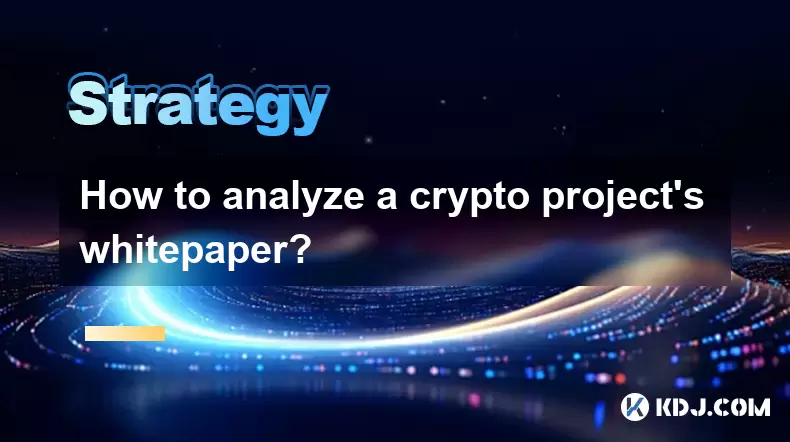
Understanding the Purpose of a Whitepaper
A whitepaper serves as the foundational document for any cryptocurrency project, outlining its core concept, technical details, use cases, and roadmap. Before diving into the specifics, it’s essential to recognize that a whitepaper is not just a marketing tool—it is a technical and strategic blueprint. A well-written whitepaper should clearly explain the problem the project aims to solve, the technology it uses, and how it differentiates itself from existing solutions. Understanding the purpose of the whitepaper is the first step in analyzing it effectively. If the document is vague or lacks clarity, it could indicate a red flag.
Identifying the Problem Statement and Proposed Solution
One of the most critical sections to examine is the problem statement. A credible whitepaper will clearly define the issue the project seeks to address. Look for specific, real-world challenges that the blockchain or cryptocurrency solution intends to solve. The proposed solution must logically align with the problem, and the technology should be explained in a way that demonstrates how it effectively addresses the issue. If the problem is overly broad or non-existent, or if the solution seems unnecessarily complex without justification, this may indicate a lack of genuine utility or innovation.
Evaluating the Technology and Architecture
The technical section of the whitepaper is where the project’s engineering and innovation are laid out. This includes blockchain architecture, consensus mechanism, smart contract design, scalability solutions, and security features. A solid whitepaper should provide detailed explanations of the protocol, data structures, transaction flow, and network architecture. Look for specifics such as whether it uses Proof of Work, Proof of Stake, or another consensus model, and whether the project has introduced any novel cryptographic methods or decentralized governance systems. If the technical section is shallow or filled with jargon without explanation, it may suggest that the team lacks technical depth or is hiding shortcomings.
Assessing the Tokenomics and Economic Model
Tokenomics refers to the economic structure of a cryptocurrency project, including token distribution, supply limits, inflation rates, staking rewards, and utility. A well-structured whitepaper should provide clear charts or tables showing token allocation, including pre-sale, team allocation, community rewards, and foundation reserves. Pay attention to vesting schedules for team and investor tokens, as long vesting periods can signal commitment. Token utility is also crucial—does the token serve a functional purpose within the ecosystem, or is it just a speculative asset? A lack of transparency in tokenomics is a major red flag.
Reviewing the Team, Advisors, and Roadmap
The team and advisor section can offer insight into the credibility of the project. A legitimate whitepaper should include detailed bios of the core developers, founders, and advisors, including their previous work experience and relevant qualifications. Anonymous teams are not necessarily a red flag, but they should be backed by strong technical documentation and community engagement. The roadmap should outline clear, achievable milestones with realistic timelines. Be cautious if the roadmap is overly ambitious, lacks detail, or shows unrealistic promises such as immediate global adoption or massive returns.
Checking for Legal and Regulatory Compliance
A professional whitepaper should address regulatory considerations, especially in jurisdictions where the project plans to operate. Look for disclosures regarding legal compliance, KYC/AML procedures, and whether the token is classified as a utility, security, or asset. Projects that ignore legal frameworks or make vague or misleading statements about regulation may be setting themselves up for failure. Jurisdictional clarity is also important, so the whitepaper should specify where the company is registered and what legal protections are in place for investors.
Frequently Asked Questions (FAQs)
Q: What should I do if the whitepaper doesn’t mention a token sale or fundraising?
A: A whitepaper that omits fundraising details may indicate a lack of transparency. Legitimate projects usually include clear information about token generation events, fundraising goals, and fund allocation.
Q: How can I tell if a whitepaper is plagiarized or copied?
A: Use plagiarism detection tools like Grammarly or Copyscape to check for copied content. If large portions of the whitepaper are duplicated from other projects, it’s a serious red flag.
Q: Is it normal for a whitepaper to lack a roadmap?
A: No, a roadmap is essential for understanding the project’s development timeline. A missing or unclear roadmap may suggest that the project lacks planning or long-term vision.
Q: Should I trust a whitepaper written in overly technical language?
A: While some technical complexity is expected, a whitepaper should still be understandable to an educated reader with basic knowledge of blockchain. Overuse of jargon without explanation may be a tactic to obscure weaknesses in the project.
Disclaimer:info@kdj.com
The information provided is not trading advice. kdj.com does not assume any responsibility for any investments made based on the information provided in this article. Cryptocurrencies are highly volatile and it is highly recommended that you invest with caution after thorough research!
If you believe that the content used on this website infringes your copyright, please contact us immediately (info@kdj.com) and we will delete it promptly.
- Eddie Rocks the Royal Mint: Iron Maiden's 50th Anniversary Gets Coin-ified!
- 2025-07-12 16:30:11
- Sui Price Surge, Remittix Emerges: DeFi and Altcoin Opportunities in 2025
- 2025-07-12 17:10:12
- XLM Price Surges Amid Stellar Upgrade Buzz: Is $1 Within Reach?
- 2025-07-12 17:10:12
- PumpFun, Solana, and the Launchpad Competition: A Meme Coin Arena?
- 2025-07-12 16:50:12
- Pepe Coin Price Prediction: Pump or Dump? What's Next for the Frog Meme?
- 2025-07-12 16:30:11
- Binance, CZ, and the Trump Family: A Crypto Tango?
- 2025-07-12 17:15:12
Related knowledge
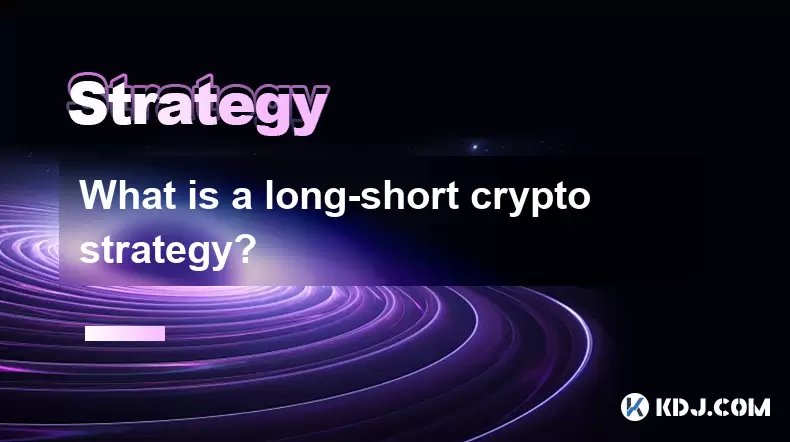
What is a long-short crypto strategy?
Jul 11,2025 at 01:28pm
Understanding the Basics of Long-Short Crypto StrategyA long-short crypto strategy is an investment approach where traders take both long and short po...
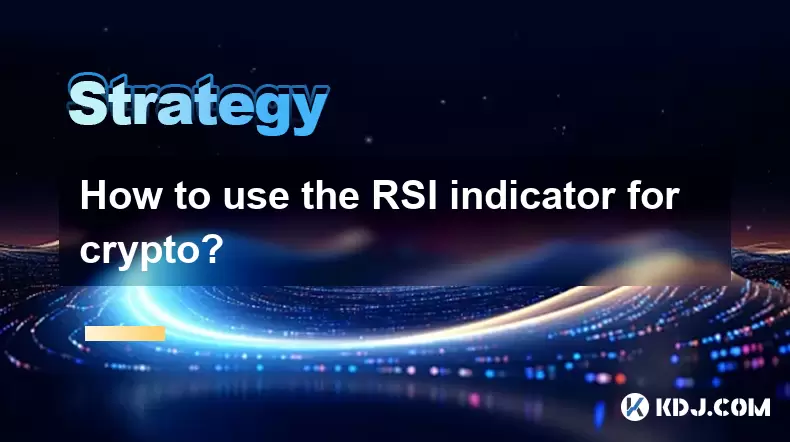
How to use the RSI indicator for crypto?
Jul 12,2025 at 03:56pm
Understanding the RSI Indicator in Cryptocurrency TradingThe Relative Strength Index (RSI) is a momentum oscillator used to measure the speed and chan...
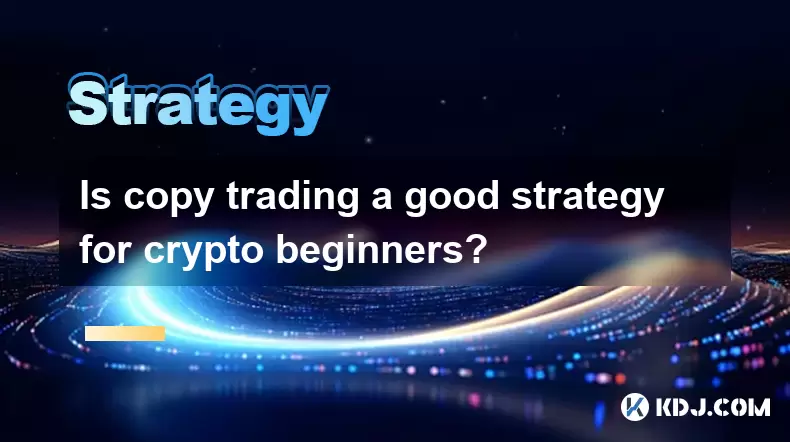
Is copy trading a good strategy for crypto beginners?
Jul 12,2025 at 08:28am
Understanding Copy Trading in the Cryptocurrency MarketCopy trading is a strategy where novice traders replicate the trades of experienced investors a...
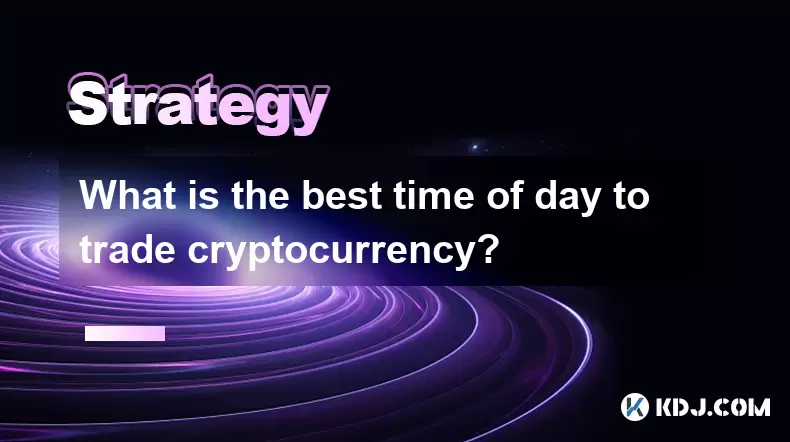
What is the best time of day to trade cryptocurrency?
Jul 12,2025 at 06:14pm
Understanding Market Volatility in CryptocurrencyCryptocurrency markets are known for their high volatility, which makes timing a critical factor in t...

What is the best way to hedge a crypto portfolio?
Jul 12,2025 at 08:22am
Understanding the Need for Hedging in CryptocurrencyThe volatility of the cryptocurrency market makes hedging an essential strategy for investors. Unl...
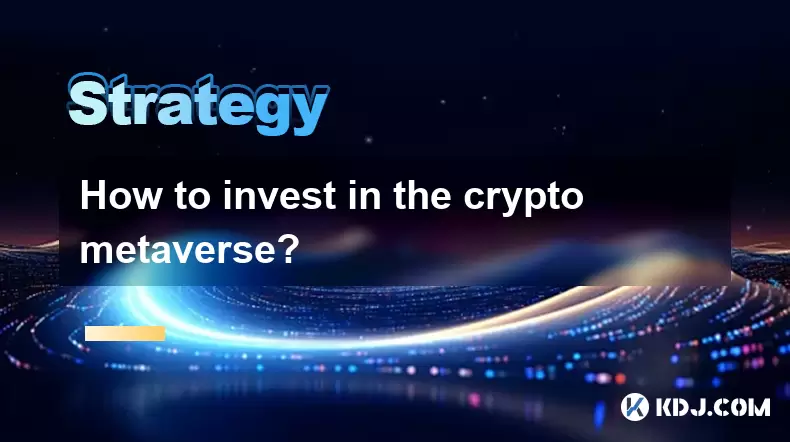
How to invest in the crypto metaverse?
Jul 11,2025 at 05:07am
Understanding the Crypto Metaverse ConceptThe crypto metaverse refers to a digital universe where virtual reality, blockchain technology, and decentra...

What is a long-short crypto strategy?
Jul 11,2025 at 01:28pm
Understanding the Basics of Long-Short Crypto StrategyA long-short crypto strategy is an investment approach where traders take both long and short po...

How to use the RSI indicator for crypto?
Jul 12,2025 at 03:56pm
Understanding the RSI Indicator in Cryptocurrency TradingThe Relative Strength Index (RSI) is a momentum oscillator used to measure the speed and chan...

Is copy trading a good strategy for crypto beginners?
Jul 12,2025 at 08:28am
Understanding Copy Trading in the Cryptocurrency MarketCopy trading is a strategy where novice traders replicate the trades of experienced investors a...

What is the best time of day to trade cryptocurrency?
Jul 12,2025 at 06:14pm
Understanding Market Volatility in CryptocurrencyCryptocurrency markets are known for their high volatility, which makes timing a critical factor in t...

What is the best way to hedge a crypto portfolio?
Jul 12,2025 at 08:22am
Understanding the Need for Hedging in CryptocurrencyThe volatility of the cryptocurrency market makes hedging an essential strategy for investors. Unl...

How to invest in the crypto metaverse?
Jul 11,2025 at 05:07am
Understanding the Crypto Metaverse ConceptThe crypto metaverse refers to a digital universe where virtual reality, blockchain technology, and decentra...
See all articles





















